CHIARSCURO
What is It and when was it first used:
Chiaroscuro, in art, is the use of strong contrasts between light and dark, usually bold contrasts affecting a whole composition. It is also a technical term used by artists and art historians for the use of contrasts of light to achieve a sense of volume in modelling three-dimensional objects and figures. Some evidence exists that ancient Greek and Roman artists used chiaroscuro effects, but in European painting the technique was first brought to its full potential by Leonardo da Vinci in the late 15th century. Like photographers and cinematographers centuries later, painters realized that the contrast between areas of light and dark heighten the impact of an image. As the Renaissance gave way to the Baroque, a style that emphasised drama and emotional intensity, some artists developed an exaggerated form of chiaroscuro known as tenebrism, from the Italian word tenebroso, meaning gloomy or murky.
Here are some examples of artists who rely on this technique to produce some of their amazing outcomes.
- Caravaggio
- Georges De La Tour
- Leonardo Da Vinci
- Joseph Wright
- Henry Fuseli
- Rembrandt
- Ralph Gibson
These are 3 examples of Chiascuro from a long time ago:
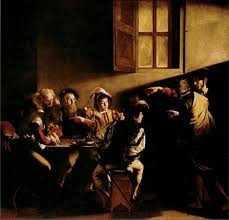
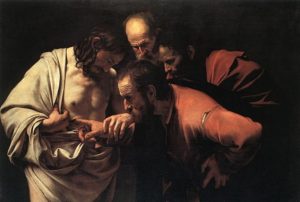
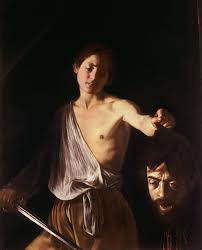
This is how we interpret Chiaroscuro in the modern day world, baring in mind to make these shadows is a lot easier than it would have been for Artist like Caravaggio.
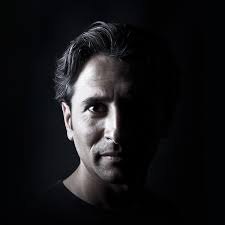
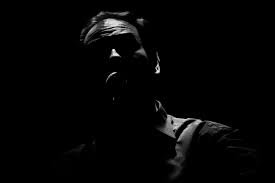

I have learnt about using this technique when I was doing my art GCSE. Having looked at Baileys work before I chose to adapt my work to make it sort of similar to his. I did this because when it comes to taking photos in black and white that has always been my strong point.
People use this technique because not only do they like the contrasting effect it makes they also believe it intensifies certain feature that you wouldn’t be able to see as much having the image being taken in just natural lighting.
The principal and lighting technique of chiaroscuro ^
